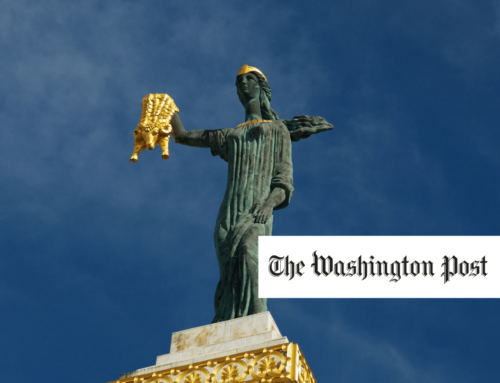The President’s proposed FY2011 Department of Agriculture (USDA) budget is $25.8 billion, slightly reduced from the FY2010 level of $26.9 billion with the budget freeze. The budget proposal achieves these reductions by proposing to eliminate funding for wasteful programs:
- The FY2011 budget reduces the payments to wealthy farmers whose average farm adjusted gross income exceeds $500,000. This is a modification of a proposed cut from last year. The proposed change will save taxpayers $2.3 billion over the next 10 years.
- Eliminates cotton and peanut storage credits, saving $2 million over the next 10 years. The government currently pays for the storage of cotton and peanuts, but not any other crops. The administration suggests that this is an unfair subsidy that encourages unnecessary storage. This was also an unrealized cut from last year.
- Reduces funding to the Market Access Program (MAP) by 20%. MAP reimburses organizations for some the costs associated with overseas marketing and promotional activities to help sell U.S. Agricultural goods. Reducing this program would save $366 million from 2011-2020.
- Modifies the cellulosic biofuel producer credit to save an estimated $24 billion over 10 years. Cellulosic biofuel producers currently receive a $1 per gallon tax credit.
- Continues the President’s 2010 cut subsidies to crop insurance companies, a government-backed risk insurance program that in 2010 will provide $81 billion in risk protection for 286 million acres of farm land. The budget would reform contracts with crop insurance companies, saving $8 billion in payments to insurance companies over 10 years.
- The largest budget increase, $252 million, would go to the Food and Nutrition Service to boost food security funding for low-income families.






Get Social